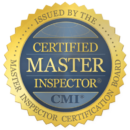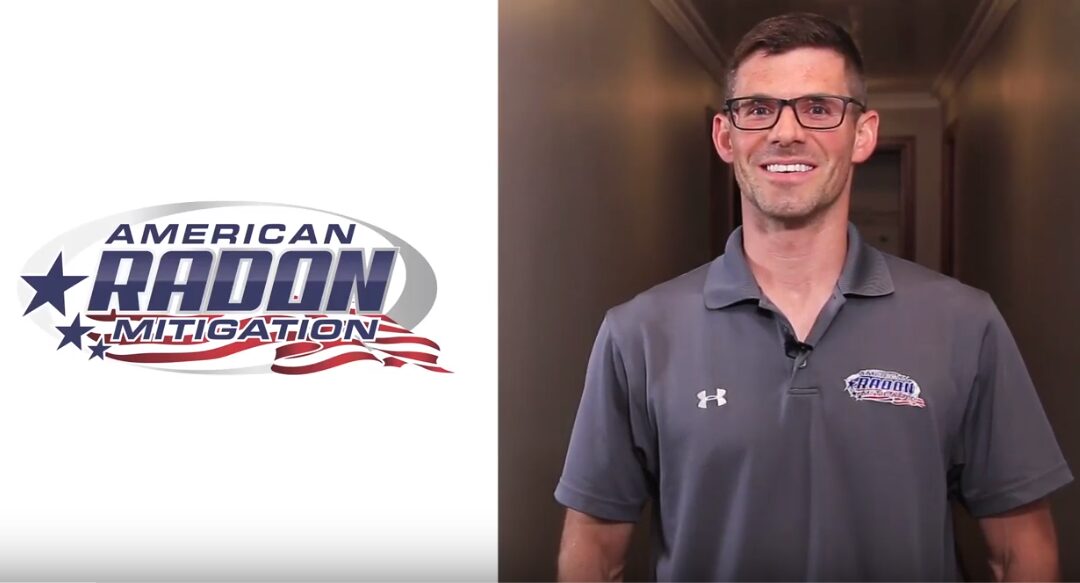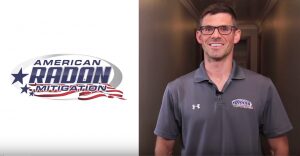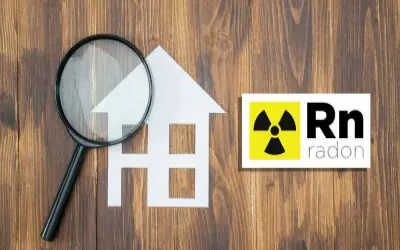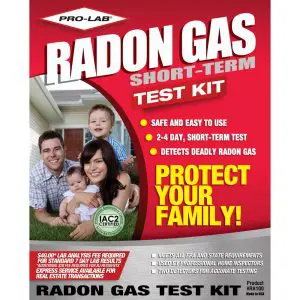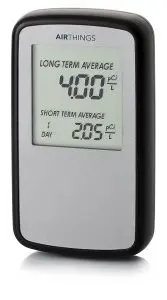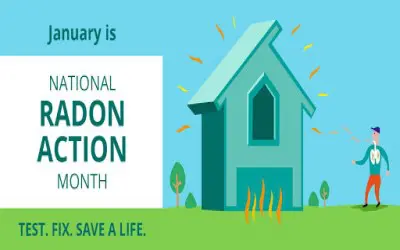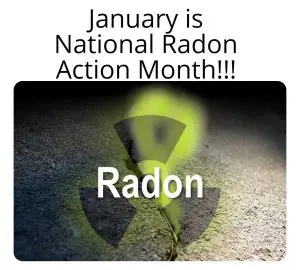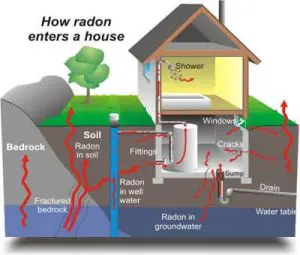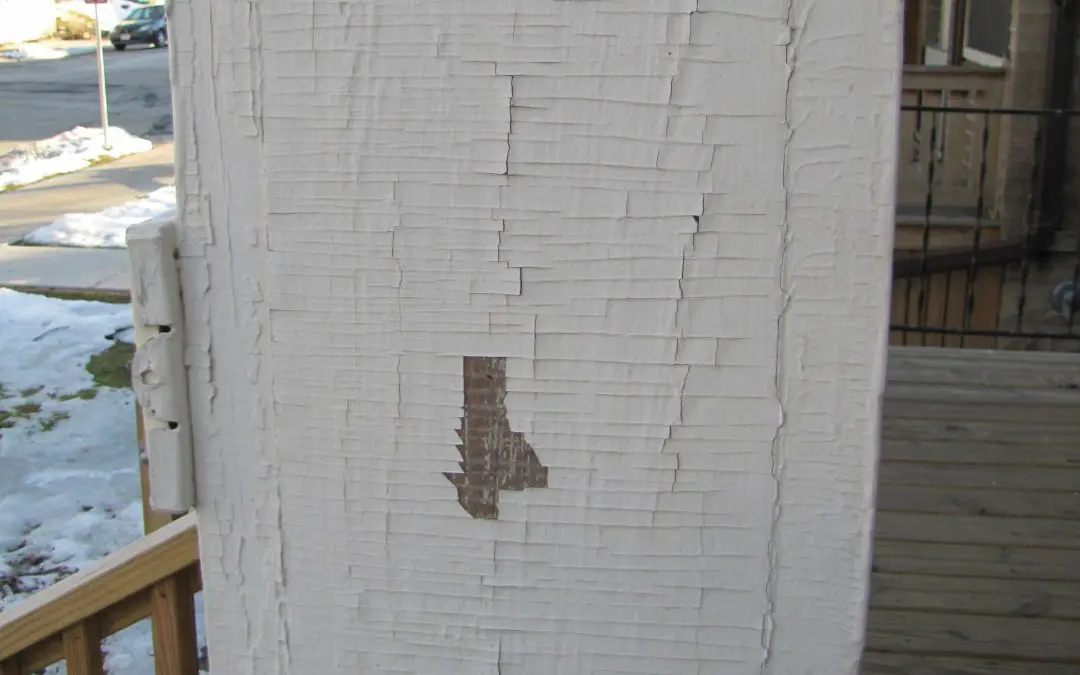7 Myths About Lead Paint
Myth #1: Lead paint is not used anymore. Unfortunately, lead paint is commonly sold in stores in at least 45 countries around the world, despite the overwhelming evidence that it harms both children and adults. Lead paint is also used for hundreds of so-called “industrial” applications often on metal surfaces and are sometimes found on imported products in the U.S.
Myth #2: There are regulations in place banning the use of lead paint. Very few countries have completely banned all uses of lead paint and even in the U.S., Canada, and Europe, it is legal to use “industrial” lead paints for many applications. A few countries including the Philippines have regulated the lead content of both residential and industrial paints. In Europe, regulators are trying to ban paint ingredients containing lead on a chemical-by-chemical basis and have banned the use of lead chromate pigments. Efforts to restrict the use of lead paint date back to the 1920s, but it was not banned for residential use in the U.S. until 1978.
Myth #3: Lead paint in homes and schools is not a big problem as you can easily remove it. It is difficult to safely remove lead paint as sanding, scraping, torching, or power sanding can release lead dust,
expose workers, and contaminate the building and surrounding area. The use of dangerous solvents including methylene chloride can poison workers and also leave behind significant contamination. If not performed correctly by trained crews, the removal of lead paint can create a more hazardous environment and result in higher exposures to building occupants. Often the best way to abate lead paint is to remove and replace building components.
Myth #4: Lead paint is only a problem when it is damaged or deteriorated.
Although deteriorated lead paint is a problem, even normal weathering of lead paints on exterior surfaces contributes to lead contamination of soil, exterior dust, water, and air. National surveys in the U.S. have shown that homes with only intact lead paint have more lead dust than homes without any lead paint.
Myth #5: Only residential paint is a problem, as children don’t get exposed to industrial paints.
Both children and adults are exposed to lead paint so-called “industrial” applications used on roads, highways, steel structures, industrial buildings, automobiles, and other vehicles, and farm equipment. Exposures result when these paints deteriorate and contribute to dust and soil contamination, or when the paint is removed during routine maintenance. In addition, workers are exposed to lead during construction and repainting and often take home lead dust on their hands, hair, shoes, cars, and clothes. Many cases of childhood lead poisoning can be attributed to “take-home” lead exposures from these sources. Furthermore, industrial paints can be applied to homes, schools, or consumer products.
Myth #6: Lead paint only impacts children’s health.
Adults are also overexposed to lead in the course of applying, disturbing, and removing lead paint. These exposures can be very significant and dozens of studies have documented the increase in workers’ blood lead levels from these sources. Lead causes many adverse health effects in adults and even low levels are linked to elevated blood pressure, associated with at least 674,000 deaths per year globally. Even so-called “low” levels in pregnant women result in reduced fetal growth and lower birth weight.
Myth #7: Lead paint is only a problem when it is damaged or deteriorated.
Although deteriorated lead paint is a problem, even normal weathering of lead paints on exterior surfaces contributes to lead contamination of soil, exterior dust, water, and air. National surveys in the U.S. have shown that homes with only intact lead paint have more lead dust than homes without any lead paint.





